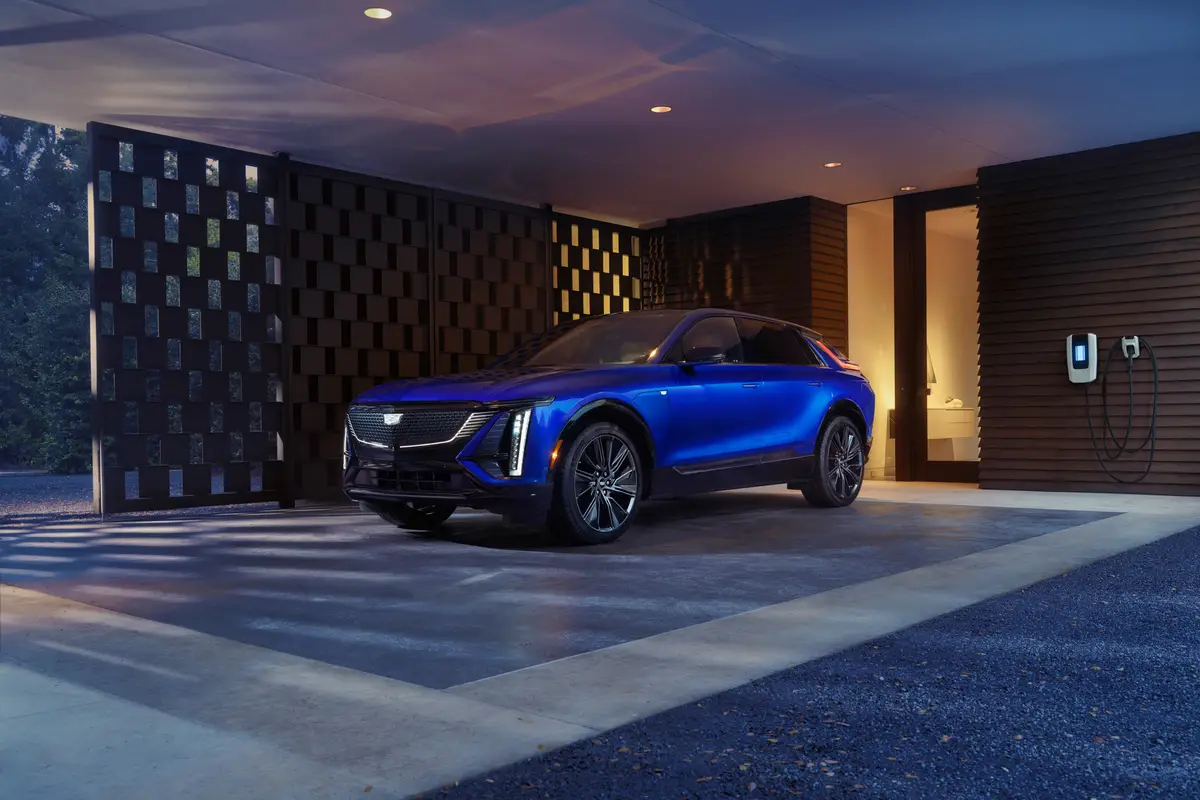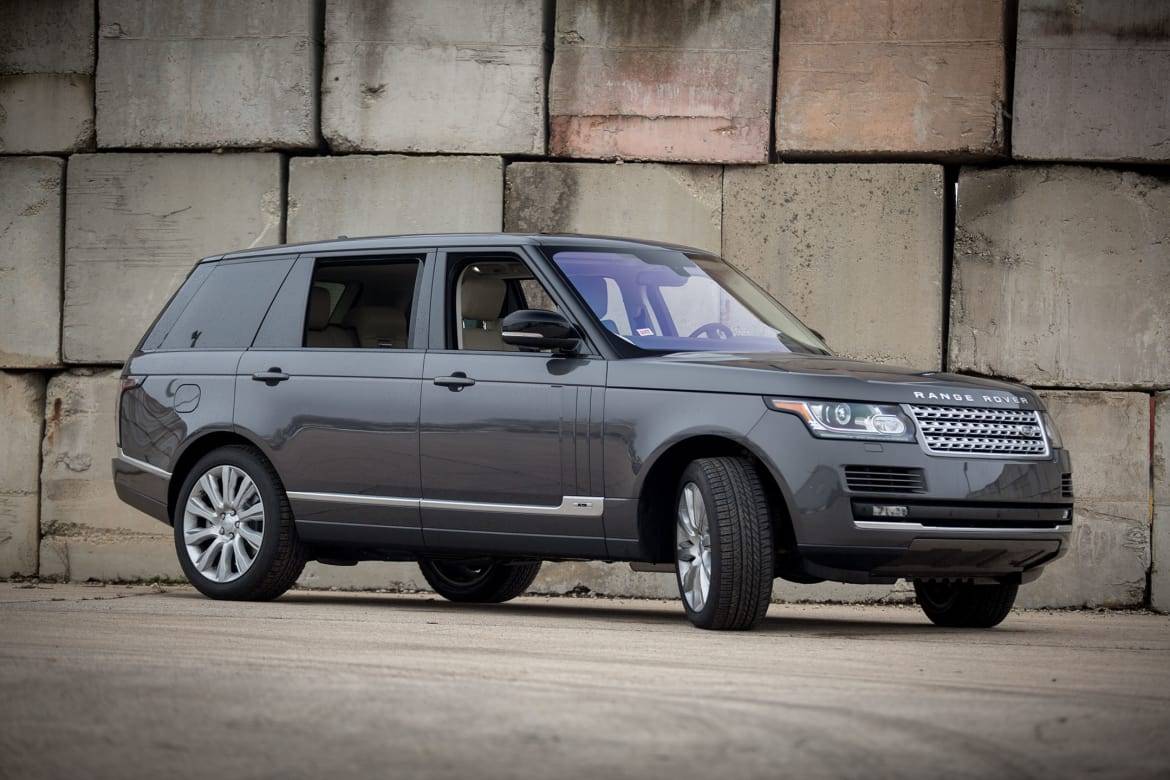Orlando Sentinel's view
Pontiac claims that ”We Build Excitement,” but being a Pontiac owner since the mid-’80s I have to tell you I haven’t really been excited about Pontiacs for quite some time. After driving the 1991 Grand Prix SE I will admit my heart is pounding a little faster.
Pontiac has done a remarkable job in recent years to give some of its old reliable cars a new lease on life.
For 1991 Pontiac added a new engine and tweaked the front end styling to fit into the ’90s.
The Grand Prix is offered in two body styles; two-door coupes in SE, GT and GTP trim or four-door sedans in LE, SE and STE trim. The test vehicle I drove is the two-door SE.
Besides the optional engine upgrade, the Grand Prix’s interior space, especially its rear-seat room was quite impressive. Most two-door coupes have just enough room in the back to slide an umbrella onto the floor, but the Grand Prix had ample room that allows two average-size adults to sit in the back comfortably.
The test vehicle, equipped with an optional aero performance package and painted a heart-pounding, fire-engine red, registered a 10 on the head-turning scale. Its rumbling exhaust and husky engine also add to the excitement.
ENGINE, PERFORMANCE
Powered by the optional new 3.4-liter, Twin Dual Cam V-6, the Grand Prix SE performed like a tiger. What it lacks in grace it more than makes up for in performance.
Acceleration off the line is impressive for a 3,188-pound car.
The standard engine on the SE coupe and the sedan is the 2.3-liter Quad 4, which is coupled with a three-speed automatic transmission. SE buyers also have the choice of a no-additional-charge 3.1-liter V-6 with a four-speed automatic if they don’t desire the twin-cam monster but do want a bit more performance.
The 24-valve, Twin Dual Cam V-6 develops 210 horsepower. That’s five more ponies than last year’s turbocharged Grand Prix. The nice thing is you don’t pay more for the new engine. You pay less – a lot less. The Grand Prix SE with the 3.4 costs almost $8,000 less than last year’s Grand Prix Turbo.
The test car’s four-speed automatic transmission was on the mark and shifted smoothly.
Fuel economy in the SE was slightly less than the EPA figures of 17 miles per gallon city and 26 mpg highway but not enough to make a major difference. Most of my driving was in the city and with the air conditioner running.
RIDE, HANDLING
Standard with the larger Twin Dual Cam engine are big, 16-inch Eagle GT+4 tires and Y99 rally tuned suspension. The bigger tires allow the car to grip the road tight when rounding corners and avoiding objects in the road.
The SE’s steering is a little too stiff for my taste but it reacted quickly and accurately.
The test vehicle was equipped with standard four-wheel disc brakes that worked well in both dry and wet road conditions. An anti-lock system is available with the SE.
FIT, FINISH, CONTROLS
This is where the SE let me down. With all the innovative and progressive engineering GM put into the new Grand Prix, it forgot to bring the interior into the ’90s.
Buttons and switches on the dash felt chintzy. The SE’s huge dashboard seemed bulky and obtrusive.
Radio controls on the steering wheel are impressive and fun to operate, but an air bag in their place would make me feel a lot more comfortable.
The test car was equipped with a Delco AM-FM stereo system with a built-in equalizer. The radio, coupled with a six-speaker package delivers excel lent sound.
The custom cloth sport bucket seats in the SE were comfortable and supportive, though I didn’t get a chance to test them on a long road trip.
The SE’s air conditioning system worked well and took just seconds to cool down.
Overall the Grand Prix SE coupe is an impressive and sturdy vehicle. My real complaint with the car is its interior styling. If Pontiac were to shrink the size of the da h and install buttons that didn’t feel like they’ll break when you touch them, it would have a real superstar of a car.
Latest news



